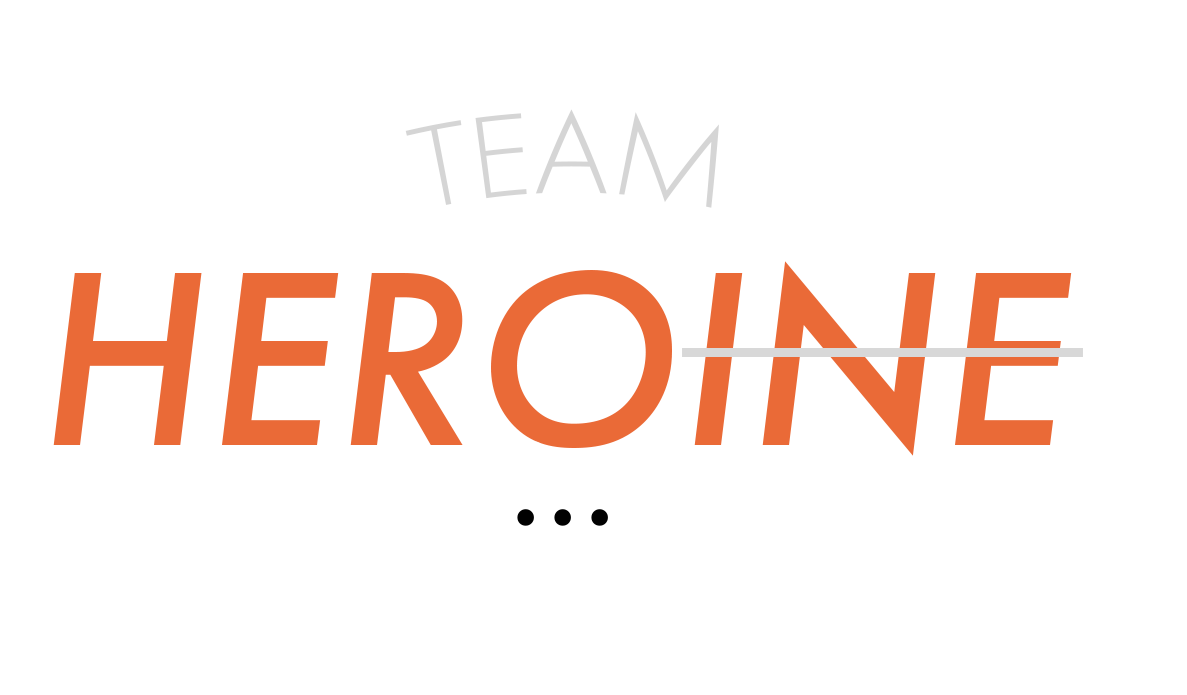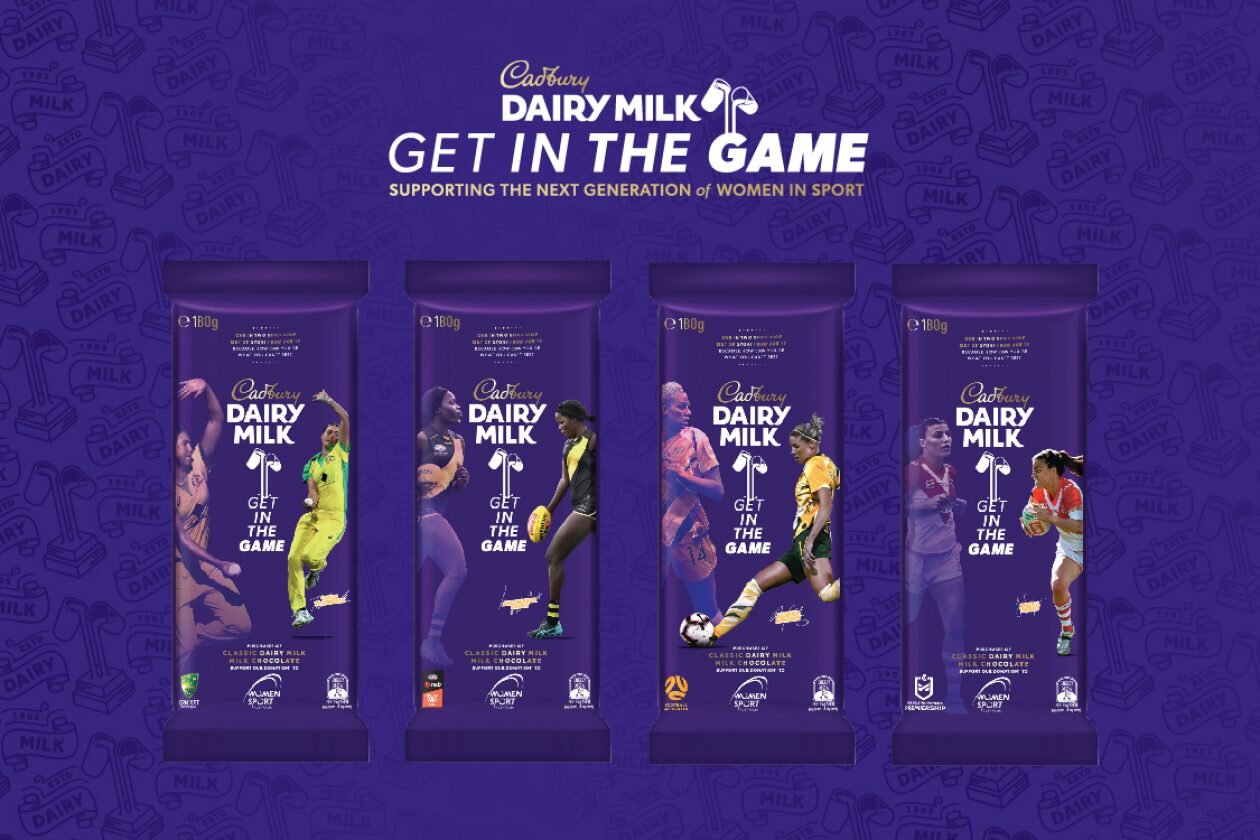NZ Marketers Are Dropping The Ball On Women's Sport
New Zealand Marketers Are Dropping The Ball On Women’s Sport
Aotearoa’s women’s sport sponsor mirage
With the momentum women’s sport has gained since 1 billion people tuned into the FIFA Women’s World Cup in 2019 and New Zealand’s unique position of hosting not one but three Women’s World Cups over the next two years, you would have expected to see a flurry of announcements by brands snapping up the opportunity that women’s sport is presenting.
Instead we’ve heard crickets.
We are now less than 5 months out from the first of a trifecta of mega events with the Cricket World Cup starting on 4 March 2022 and less than a year until the kick-off of the Rugby World Cup. The penultimate event, the FIFA Women’s World Cup might still be 20-months away but longer-term brand plans and budgets are surely getting locked away now and every day that passes is another day where the value that women’s sport has on offer is being lost.
New Zealand’s seen nothing (if anything at all) like the announcements, landmark deals and campaigns that we’ve seen across Europe, USA, UK and Australia around women’s sport.
Sure, various sponsors are there with exposure alongside a court, field, website or other arena but there’s been very few dedicated partners showing a concerted effort with campaigns like those we have seen abroad.
ASB with the ASB Tennis Open and ANZ with netball, NZ Olympic team and NZ Cricket along with Beef & Lamb’s Iron Maidens have probably led the pack but there are few others who have had significant presence.
Despite initial worries about Covid’s impact on women’s sport there has been record interest and women’s sport is predicted to be worth a great deal more than a billion dollars in the years ahead, making it one of the fastest growing sports verticals in recent history (Deloitte TMT Predictions 2021).
The opportunity is ripe for the taking but brands in NZ appear to be dropping the ball.
New Zealand brands are behind the eight ball
Marketers in other countries have clued on to the opportunity with a number of historic deals.
Visa penned a 7-year partnership with European football (UEFA), Mastercard a 5-year partnership with World Rugby. Budweiser and Secret deodorant have been big hitters around US soccer and Heineken around football in Europe. AT&T and Dicks Sporting Goods have got behind the WNBA. AIG is making waves around golf in the UK. Vitality has a plethora of women’s sport partnerships in the UK including This Mum Runs, England Hockey and Vitality Women’s FA Cup. Shiseido and Victoria’s Secret have partnered with athlete-activist Megan Rapinoe.
Even our friends across the ditch have had a string of record partnership announcements like Commbank becoming the naming rights sponsor of the Matildas and Weber Grills around the Women’s Big Bash Cricket League (WBBL).
Brands that have a trans-tasman presence aren’t even making it over the ditch. Cadbury has had a co-ordinated women’s sport campaign in Australia with ‘Get In The Game’ which saw 4 female athletes from different codes on their Dairy Milk Blocks but it didn’t extend to NZ. It was the same story for Kellogg’s with their ‘Rise With Us’ campaign.
So why are Kiwi brands not unleashing the opportunity that women’s sport is presenting?
Too much focus on eyeballs
My belief is that women’s sport success is being too heavily evaluated on the quantity of eyeballs. Women's sport may not have the mass reaching broadcast viewership like men’s sport, but women’s sport is a different product and provides a different opportunity.
While exposure is expected to grow, the short to medium term opportunity lies in its brand equity, its audience quality, its ability to tell powerful stories and create impact….including on a Marketer’s bottom line.
Turnstile puts the proportion of intellectual property (or brand association) of women’s sport sponsorship value significantly higher than that of men’s sport.
An opportunity waiting to be unleashed
Women’s sport offers brands substantial value in key areas:
1. Positive brand alignment
On top of sport’s usual values like connection, passion, team work, resilience, and wellbeing, women’s sport provides additional and desirable values for brands to associate with.
Women’s sport is seen as more progressive, inspiring, family-orientated, clean and less money-driven than men’s sport (Nielsen - The Rise of Women’s Sport).
Of course it also offers alignment around purpose and social movements like gender equality, diversity and inclusion.
The stars themselves offer unlimited value with 85% of women’s sport fans seeing sportswomen as role models (The Space Between Agency).
The positive sentiment that brands can leverage from women’s sport is far-reaching.
2. Valuable fans
It’s not just about a growing audience but also about the quality of that audience.
a) Gender-balanced fan-base
Women’s sport provides an even gender split of fans with a 51% male to 49% female audience (Nielsen) - a great opportunity for brands that want to connect with a broader audience through a passion-driver of sport.
b) Delivers on your bottom line
Women’s Sport Advocates are twice as likely to purchase from a brand that supports women’s sport (Honoco NZ) and they will also drive conversation for your brand with 64% of women’s sport fan’s agreeing that they have talked about brands they have seen sponsoring women’s sport (vs 37% for men’s sport). 57% would recommend a brand they have seen sponsoring women’s sport (vs 32% for men’s - The Space Between Agency).
c) Tech savvy
For innovative brands or those in the technology sector, women’s sport fans are significantly more tech-savvy than men’s sport fans. When compared to men’s sport fans (The Space Between);
74% are likely to keep up to date with the latest technologies (vs 44%)
70% re likely to see technology as a driver of positive change (vs 46%)
3 X more likely to value innovation when choosing a brand
It shouldn't just be about evaluating the number of fans engaging with women’s sport but about the quality of that audience too.
3. Impact
In a world that is fighting for people’s attention, women’s sport offers brands an uncluttered environment with just 0.4% of all sport sponsorship going to women’s sport.
Brands are substantially more visible when they sponsor women’s sport;
76% of women’s sport fans agree that they notice brands when watching sport events (vs 44% of men’s sport fans)
2X as likely to recall your brand (The Between Agency).
4. Cultural moments
We know sport plays a key part in culture with 78% of fans agreeing that sport is culturally important but the relevance women’s sport will have amongst kiwis in the coming years is seismic.
Three of the biggest sporting events on the planet in codes adored by Kiwis will take place on home soil within a period of 18 months, offering unique experiences that will drive local conversation.
Women’s sport events, athletes and teams offer an opportunity for brands to tap into this cultural conversation and maintain relevance.
5. Untapped value
Marketers need to ditch evaluations purely focused on reach metrics and look at the wider value of women’s sport. True North argues that women’s sport can deliver greater value for Marketers given the often lower costs of acquiring women’s sport rights combined with deeper emotional engagement;
Lower costs + Greater sponsor outcomes = Greater ROI
Depending on the objectives for brands, women’s sport offers considerable value and justification for investment.
New Zealand’s ghost sponsors
While women’s sport partnerships are not a given for every brand or category, it can be said with certainty that a number of brands and sectors are rendering themselves invisible around the women’s sport opportunity.
With more than 53% of Kiwis seeing gender equality in sport as an important cause (Honoco NZ), sectors like DIY, food kits & deliveries and cars with customers that over-index on attitudes around gender equality or brands looking to appear progressive, should be looking to get involved.
FMCG brands are notably absent. In such a competitive category and with the ability that women’s sport has to create brand differentiation, I would love to see the likes of supermarkets, cereals, milk, drinks and deodorant products step forward. Imagine the unique in-store experiences that could be offered from athlete meetings to purchase rewards.
Telcos are prime candidates given women’s sport fan’s propensity to consume sport on technology and with immersive experiences like content and exclusive athlete experiences offering immense opportunity.
Professional services could use the unique hosting and athlete access experiences to deepen relationships with business customers and tell their company’s story around diversity and inclusion.
The good news is that you don’t have to be a category leader or top 10 Advertiser to get into women’s sport. With rights often relatively affordable and opportunities across the spectrum there’s an entry point for most brands but that just needs to be the starting point.
A bespoke approach
Brands that do enter the game must approach women’s sport in its own unique way and not just as a replica of men’s sport.
Women’s sport fans are more values based and place higher expectations on brands. Those that position themselves as genuine partners and add value to the ecosystem to help women’s sport thrive rather than just acting as sponsors extracting value, can create the biggest impact.
Budweiser who sponsor the US National Women’s Soccer League encouraged other brands to sign-on as sponsors in a clever and cheeky campaign that saw the league attract three new partners and Budweiser get rewarded with 2 X brand affinity among women’s sport fans (The Fan Project).
Understanding that women’s sport has a supply-side issue, not a demand issue and understanding what role a brand will play in the virtuous cycle that is women’s sport is central to ensuring success for Marketers.
There also needs to be a longer lead-in to build profile, familiarity and connection with athletes and teams.
Sponsor-funded marketing will help ensure sponsor propositions can be leveraged while helping grow the game, particularly with lower reach properties.
The time to get involved was yesterday
With the countdown on to the start of the World Cup trilogy and a closing opportunity to take a leadership position in women’s sport, the time for brands to get serious about women’s sport was yesterday.
The good news is that the opportunities have never been greater.
At the highest level there are major events like the Women’s World Cups, national team partnerships or elite athletes. Even claiming a position as a general supporter, like we saw Michelob Ultra so cleverly do when they asked people to hack Instagram’s algorithm and save women’s sport posts in order to increase visibility is an option.
There are opportunities to establish your brand as a founding partner with the launch of Women’s Super Rugby Aupiki in March 2022 and the first ever women’s pro football team via the Wellington Phoenix who kick off in the rebranded A-League this December.
Marketers that understand the opportunity and approach women’s sport in its own way with bold thinking will be the biggest winners - but move faster as the opportunity to nab a leadership position is closing.






